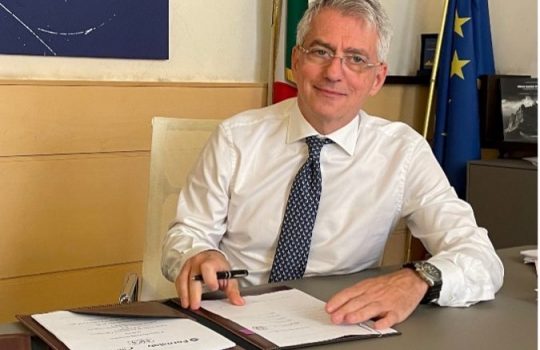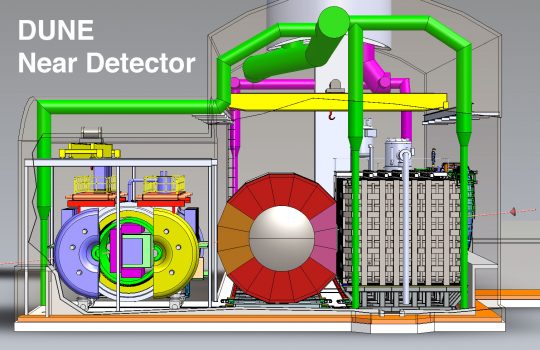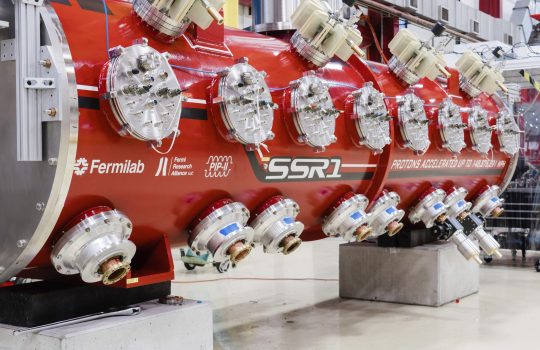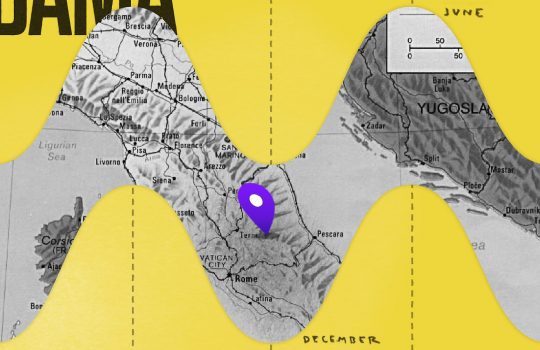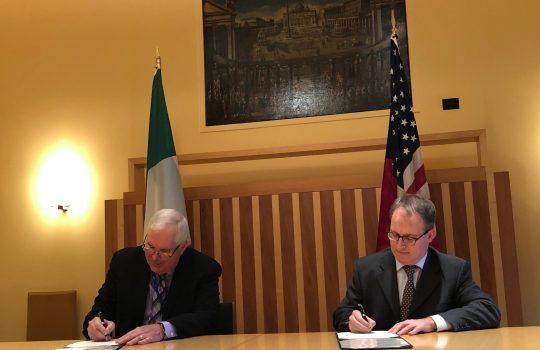Fermilab and INFN sign 3 arrangements
Fermilab signed three international arrangements in June with the National Institute for Nuclear Physics, known as INFN. The three arrangements are related to Fermilab’s Short Baseline Neutrino Program, the PIP-II particle accelerator and the EuPRAXIA advanced accelerator project.

